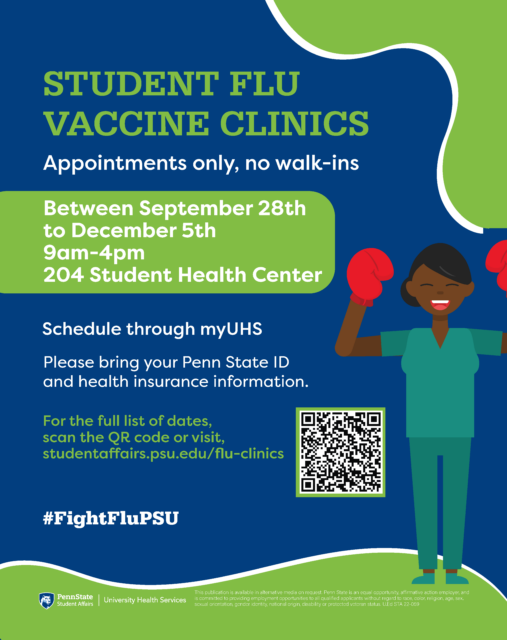We’re wrapping up our blog series that spotlights how communities across America use wastewater monitoring as a public health tool. In our previous blog, we learned how Riverside, CA, uses its results. In this blog, we’re traveling across the country to see what Pennsylvania State University (Penn State) in University Park, PA does.
We spoke with Prof. Elizabeth McGraw who describes why wastewater monitoring data is important to her community. In many ways, her town is a migrant community that sees large fluctuations in its population. During the school year, the city is home to roughly 100,000 people, with about 60,000 of those people being students. But on football weekends, the population can jump to over 200,000 people—doubling the size of the city.
“You want to keep everyone healthy, whether they are here for a weekend, a semester, or years,” – Prof. McGraw stressed.

Through its partnership with WastewaterSCAN, Penn State is able to test campus wastewater monitoring student dorms, libraries, classrooms, and dining halls. The results are shared with the broader community, including local hospitals, on-campus health centers, resident halls, and even the university Provost. The outcome is a community that is well-informed about disease levels. For instance, this year, through wastewater monitoring, Penn State saw that influenza A levels remained persistently high. To address this, the university was able to continually encourage the college community to get flu vaccines.
EXPLORE THE DATA DASHBOARD
You can check to see if your community is tracking disease levels by visiting WastewaterSCAN’s data dashboard.








